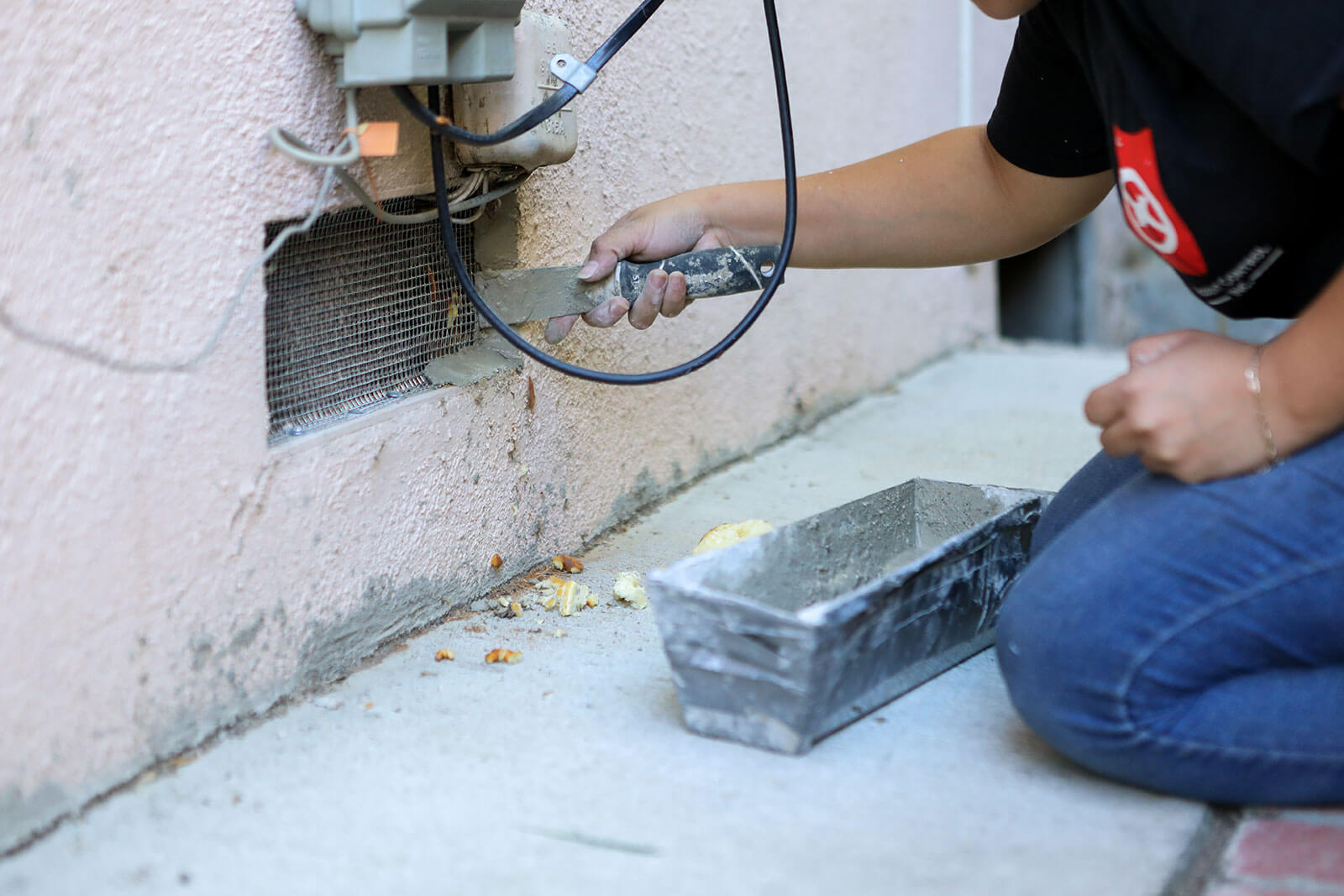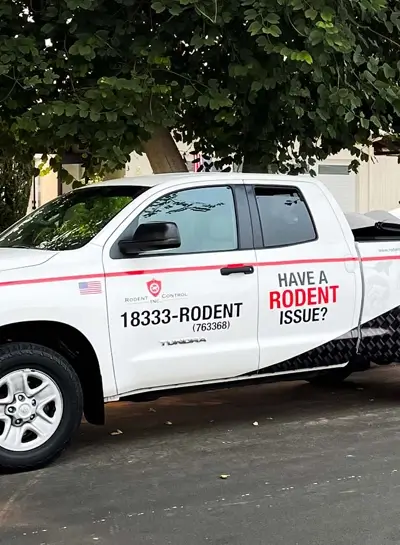When it comes to effective rodent control, bait stations play a pivotal role. These devices are designed not only to attract rodents but also to contain and manage the bait safely. Understanding the various types of bait stations available on the market today can help homeowners, property managers, and pest control professionals make informed decisions.
What Are Bait Stations?
Bait stations are enclosed containers that hold rodenticides or traps designed for capturing or killing rodents. They serve as a controlled way of delivering poison or other bait without risking exposure to non-target animals, pets, or children. The design of these stations varies widely depending on their intended use, location, and the type of rodent they target.
Key Types of Bait Stations
There are several primary categories of bait stations that cater to different needs and situations. Each type has distinct features suited for specific environments and rodent behaviors.
Tamper-Resistant Bait Stations
These stations are built with safety as a priority. They are often locked and require a special key or tool to open. The tamper-resistant feature is crucial in residential areas where children and pets may access the baiting sites. Many municipalities require this type of station for compliance with safety regulations.
For instance, in Los Angeles, where urban living spaces can be crowded and family-oriented, using tamper-resistant bait stations helps ensure that rodenticides are used responsibly. A reputable rodent control company in Los Angeles will typically recommend these types for residential properties.
Single-Catch Bait Stations
Single-catch bait stations are designed to capture one rodent at a time. They usually contain a trapping mechanism rather than poison. When a rodent enters the station, it triggers the trap inside, ensuring immediate action against pest populations.
These stations can be rodent control company in Los Angeles placed strategically around properties where signs of activity have been noted. They’re particularly effective in settings where you want to monitor rodent activity before committing to more extensive measures like poisoning.
Multi-Catch Bait Stations
In contrast to single-catch models, multi-catch bait stations can capture several rodents at once without the need for poison. This design allows for ongoing monitoring while reducing the risk associated with toxic baits.
Multi-catch systems can be beneficial in commercial settings such as restaurants or warehouses where rodent populations may fluctuate rapidly. By deploying these stations effectively, businesses can manage infestations without significant interruptions to their operations.
Indoor vs Outdoor Bait Stations
The environment plays an essential role in determining which bait station is appropriate for your situation. Indoor bait stations tend to have more discreet designs suited for use inside homes or businesses without being conspicuous. Many indoor options feature attractive designs that blend seamlessly into their surroundings.
Outdoor bait stations must withstand varying weather conditions while remaining effective against wildlife interference. These units often come with heavier construction materials and additional features like drainage holes to prevent water accumulation.
A rodent control company in Los Angeles will assess whether indoor or outdoor options better suit your needs based on specific factors like climate and building structure.
Choosing The Right Bait Station
Selecting the right type of bait station involves considering several factors:
Target Rodents: Identify which type of rodents you need to control (e.g., mice, rats). Location: Assess whether the station will be indoors or outdoors. Safety Requirements: Consider local regulations concerning pesticide use. Monitoring Needs: Determine if you need ongoing monitoring capabilities. Budget: Factor in cost-effectiveness versus long-term results.These considerations help tailor your approach toward effective rodent management while ensuring safety standards are maintained throughout the process.
How Do Bait Stations Work?
Bait stations rely on two main components: attraction and containment. First, they attract rodents through various means—food odors from baits or visual cues from colorful designs draw them into the trap or poisoning area.
Once inside, containment features prevent unwanted access by non-target species while securing any toxic substances from spilling out into the environment around them.
For example, many modern designs incorporate advanced locking mechanisms that deter tampering while ensuring easy access for pest control professionals during servicing intervals.
Maintenance And Monitoring
Effective maintenance is vital for any successful rodent control strategy involving bait stations:
- Regularly check each station to ensure it remains stocked with fresh bait. Monitor for signs of activity by inspecting droppings outside each unit. Replace worn-out parts promptly—some models may require periodic replacement of traps or internal components due to wear over time.
Establishing a routine inspection schedule helps identify potential issues Rodent Control Inc in Los Angeles CA early on while ensuring your chosen solutions remain effective throughout their operational lifespan.
The Role Of Professional Services
While DIY methods might seem appealing initially—especially if budgets are tight—considering professional assistance often yields improved results when managing infestations effectively over time.
A qualified rodent control company in Los Angeles, such as Rodent Control Inc., brings experience backed by knowledge tailored specifically toward regional challenges faced during pest management efforts:


- Expert technicians provide insights based on years spent assessing properties across varied landscapes. They leverage advanced tools coupled with proven techniques designed specifically around local species behavior patterns observed within urban settings.
Utilizing their expertise ensures more reliable outcomes than attempting tactics independently without sufficient understanding about risks inherent within various products available commercially today.
Conclusion
Understanding different types of bait stations available today is crucial for anyone dealing with rodent issues—be it homeowners seeking peace at home or businesses aiming toward maintaining hygiene standards across facilities located within densely-populated areas like Los Angeles.
By weighing options carefully against individual needs through consultation with experienced professionals at reputable firms such as Rodent Control Inc., you’ll empower yourself not just towards solving current problems but also preventing future infestations from taking root again later down the line!